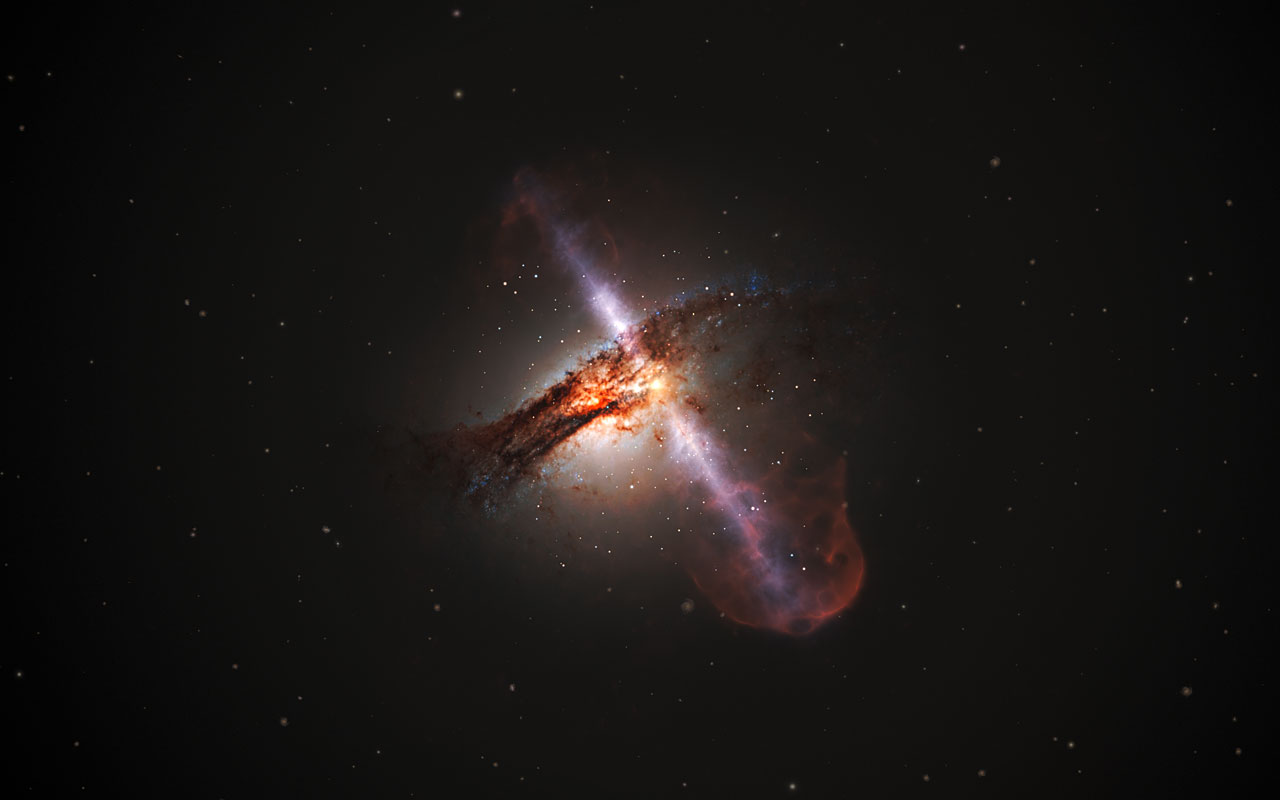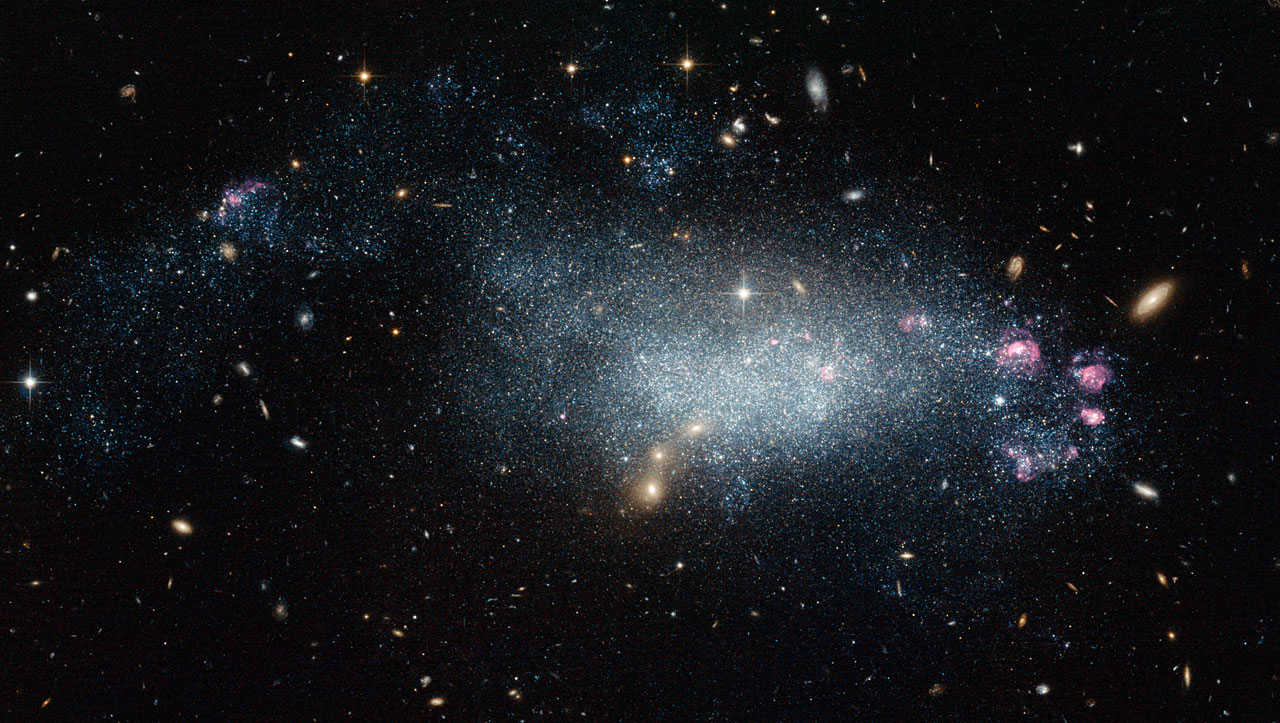
Yale researchers theorize that most of the super-Earths discovered so far are likely to be heavily tilted on their axes, which means seasonal swings on the surface of these exoplanets are bound to be severe.
The data collected by the Kepler space observatory shows that around 30 percent of the stars similar to the sun contains at least one super-Earth. The mass of these rocky exoplanets ranges from two to 10 times that of Earth's.
Furthermore, these super-Earths generally orbit much closer to their stars than Earth or Venus. A typical example completes a circle around its star within less than 100 days, which is more or less the same as Mercury's 88-day-long orbital period.
If a pair of super-Earths orbits the same star, the similar planets often tend to be in nearly stable orbital resonances with each other. An orbital resonance is a naturally stable relationship between orbiting bodies that affect each other through their gravitational fields.
Neptune and Pluto are an example of a pair of planets with orbital resonances. By the time Pluto finishes two full orbits, Neptune will have completed three laps around the sun. (Related: Do the rules of environmental protection extend to exoplanets beyond our solar system?)
Many super-Earths may have high axial tilts that disrupt orbital resonances
Many pairs of super-Earths fall short of achieving orbital resonances. A research team at Yale University suggested that these worlds have high axial tilts that keep them from moving together perfectly.
“If true, this implies that their seasons are extreme, and their weather and climates will be affected non-trivially as well,” explained Yale researcher Sarah Millholland, lead author of the research paper.
Earlier studies examined exoplanets that came close to synchronizing their orbits. They showed that the parent stars tugged on the super-Earths with their gravitational field.
The gravitational pull of the stars created tidal forces that sucked energy from the orbital motions of the exoplanets. The forces turned the energy into heat and kept the planets from attaining orbital resonances.
However, other research also indicated that tidal forces did not generate enough effect on the super-Earths. Something else disrupted the planets.
Using computer models, Millholland and her colleagues adjusted the axial tilt of the exoplanets based on their orbit. They found that worlds with high axial tilts lost far more orbital energy to tidal forces, which turned the drained energy into heat.
Highly tilted exoplanets have extremely different seasons and experience a lot of heat
The axial tilt of the planet regulates the amount of sunlight that reaches various regions throughout the year. The 23.5-degree angle of Earth produces its seasons.
On the other end of the scale is Uranus. Its sharp axial tilt of 98 degrees means that the darkness shrouds the winter half of the planet for 21 years while the summer side hogs all of the daylight.
“Up until now, the typical assumption was that close-in exoplanets have zero axial tilt,” Millholland explained in an interview. “Our study suggests otherwise.”
Furthermore, the heat generated by the action of tidal forces on an exoplanet with a high axial tilt increases the temperature of the planet considerably. Jupiter's moon Io undergoes a similar heating effect. As a result, the natural satellite displays the highest level of geological activity in the solar system.
While Millholland doesn't think all of the exoplanets have high axial tilts, the characteristic might explain the orbits of many super-Earths.
She and her teammates are investigating how heat produced by high axial tilt might affect the shape of the exoplanets. They think that future space missions can spot the heat given off by these super-Earths.
Sources include:
Please contact us for more information.







































